179 episodes


Instead of traditional tilling, or turning of the soil to prepare it for spring planting, the "no-dig" method is just that. No digging keeps the billions of helpful microbes intact in the soil. It could lead to fewer weeds and healthier soil and plants.
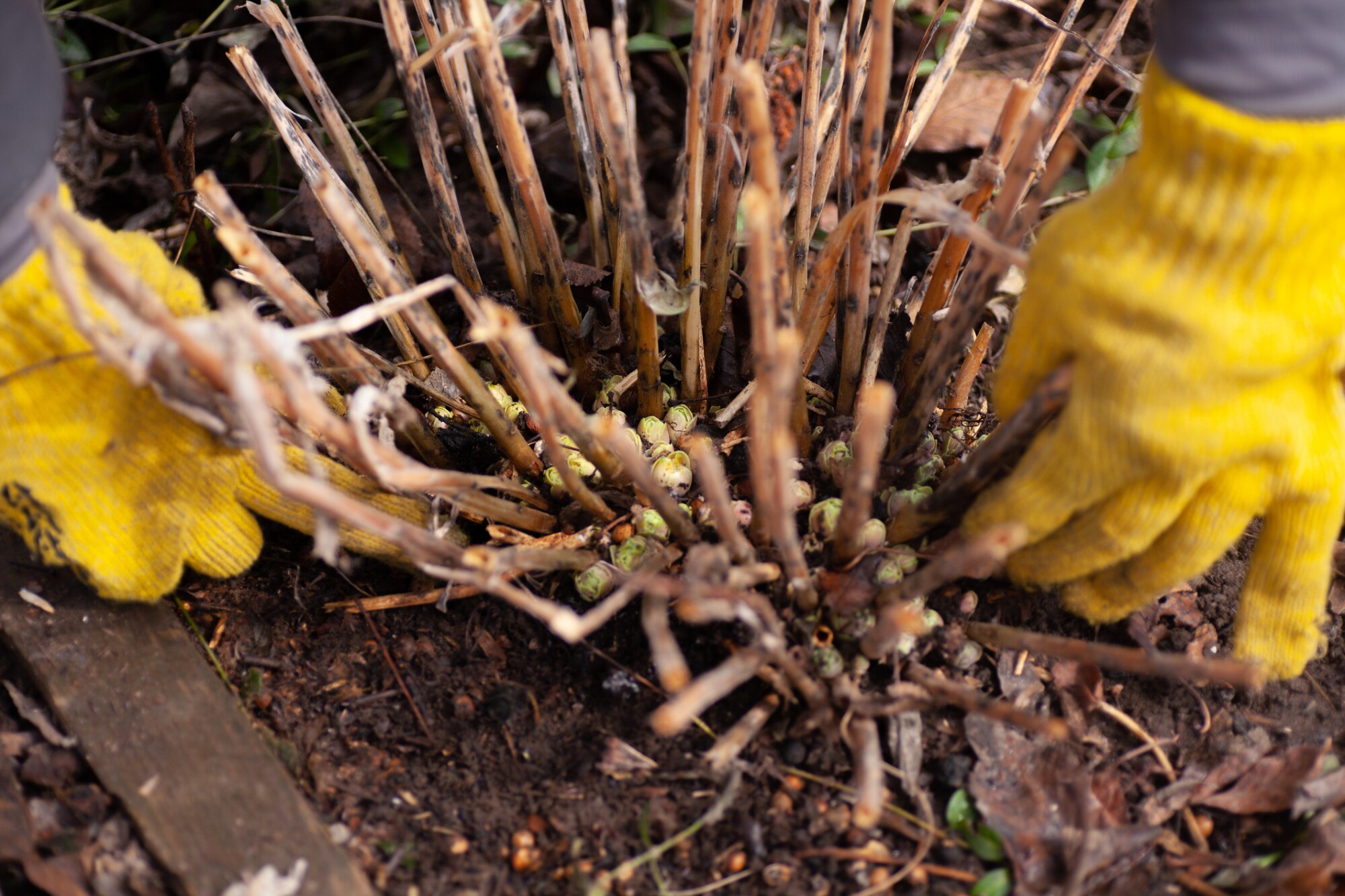

When and how to prune hydrangeas can really help set up the plant for better blooms.
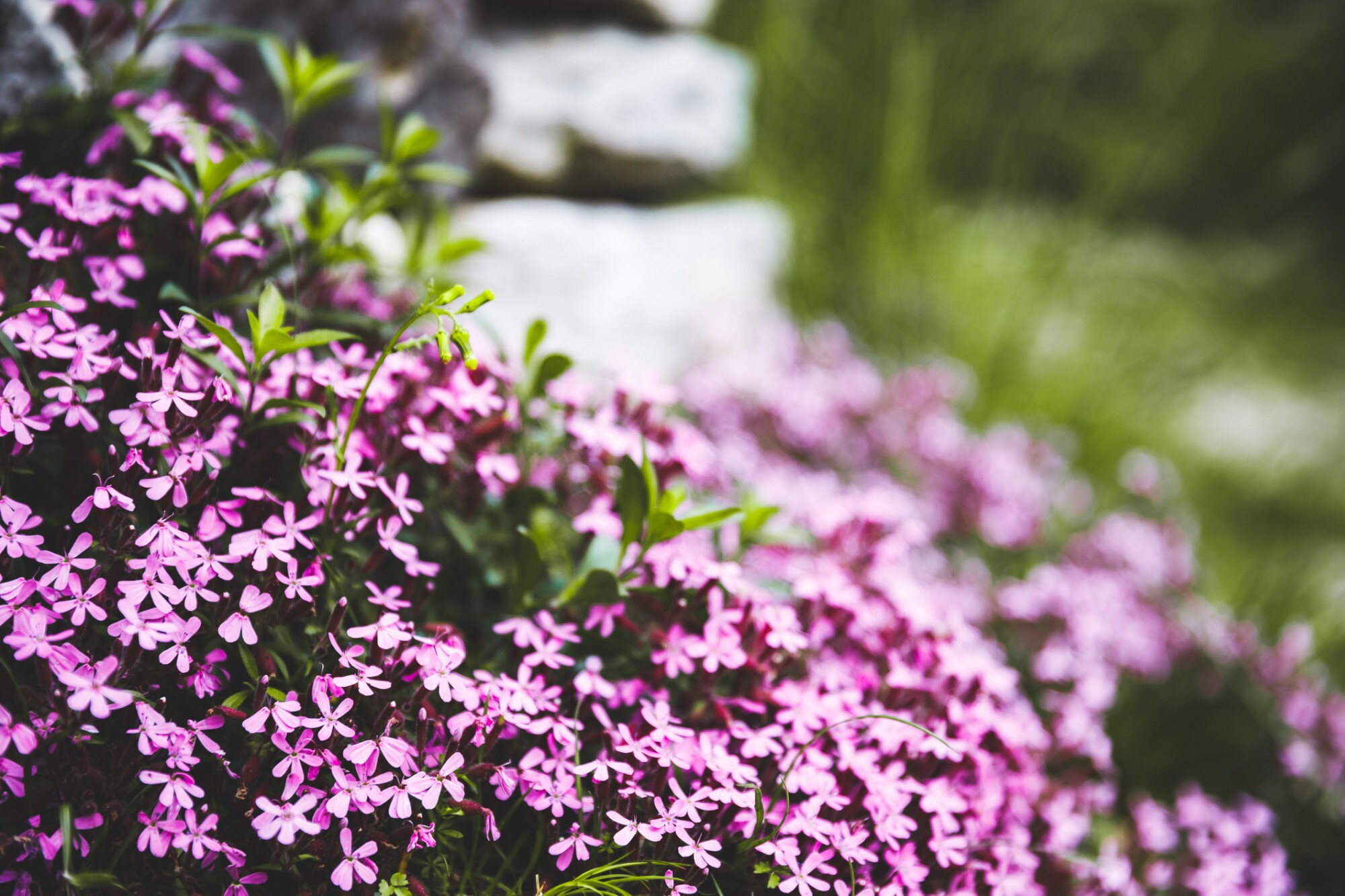

Planting a pollinator garden is a great addition to a yard, but if you're low on space, consider replacing grass with these ground covers that are just as attractive and beneficial to pollinators.


Peas aren't just green anymore! Pea plants come in three types: snap, snow and shelling. And some varieties grow in yellow and purple shades. Find a new, colorful favorite to plant in your gardens and raised beds.


Heuchera or coral bells are perennials in the evergreen family and come in many flower colors — but it's the pink, purple, and yellow foliage that packs the maximum color punch.


"Purple" is a new tomato from the Norfolk Plant Science group in England that has genes from a purple snapdragon flower. That modification gives the tomato its deep purple hue through and through, plus packs in more antioxidants.


All Things Gardening discusses a recent National Garden Bureau article that pairs Zodiac signs with the plants and flowers that complement them best. Plus, a potting soil solution for dryness.


Zinnias are annual flowers that bloom reliably from mid-summer to frost, are pollinator and butterfly magnets, make great cut flowers and are easy to grow.


Charlie Nardozzi is traveling in India and visiting a local garden center there. Nardozzi noticed several plants, flowers and veggies that grow well in Vermont, too.


Charlie Nardozzi is traveling in India and visiting a local garden center there. Nardozzi noticed several plants, flowers and veggies that grow well in Vermont, too.


Houseplants add color and act as sponges, soaking up carbon dioxide while adding oxygen. Still, there are a range of issues that can befall plant owners trying to keep certain houseplants thriving.


While getting your hands into the warm soil is months off, you can grow small crops of microgreens indoors! These small batches of tender veggie shoots are great additions to salads, soups and smoothies.


Common favorite houseplants like philodendrons and rubber trees come in varying colors, shapes and sizes.


While the winter chill draws you indoors and you're dreaming of spring and summer gardening, leaf through seed catalogs (virtually or in-hand). Many local and regional seed companies offer heirloom and hardy vegetable plants in hundreds of varieties.
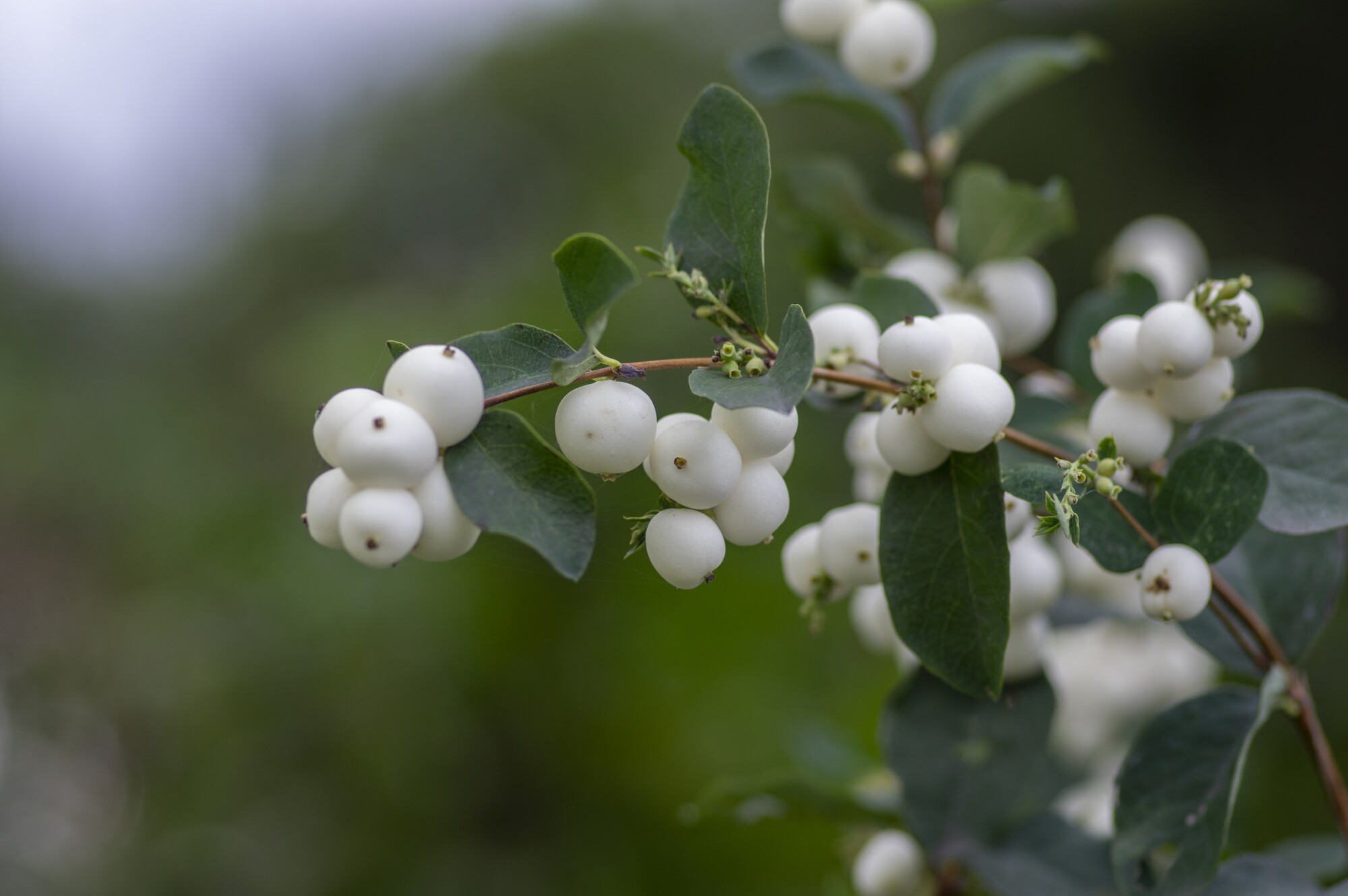

A small patch of colorful, ornamental berry bushes could elevate your holiday decorating game next year.


If you have large outdoor planters or containers, try filling them with cut branches, berry twigs and needled evergreen boughs for rustic, natural holiday decorations this season.
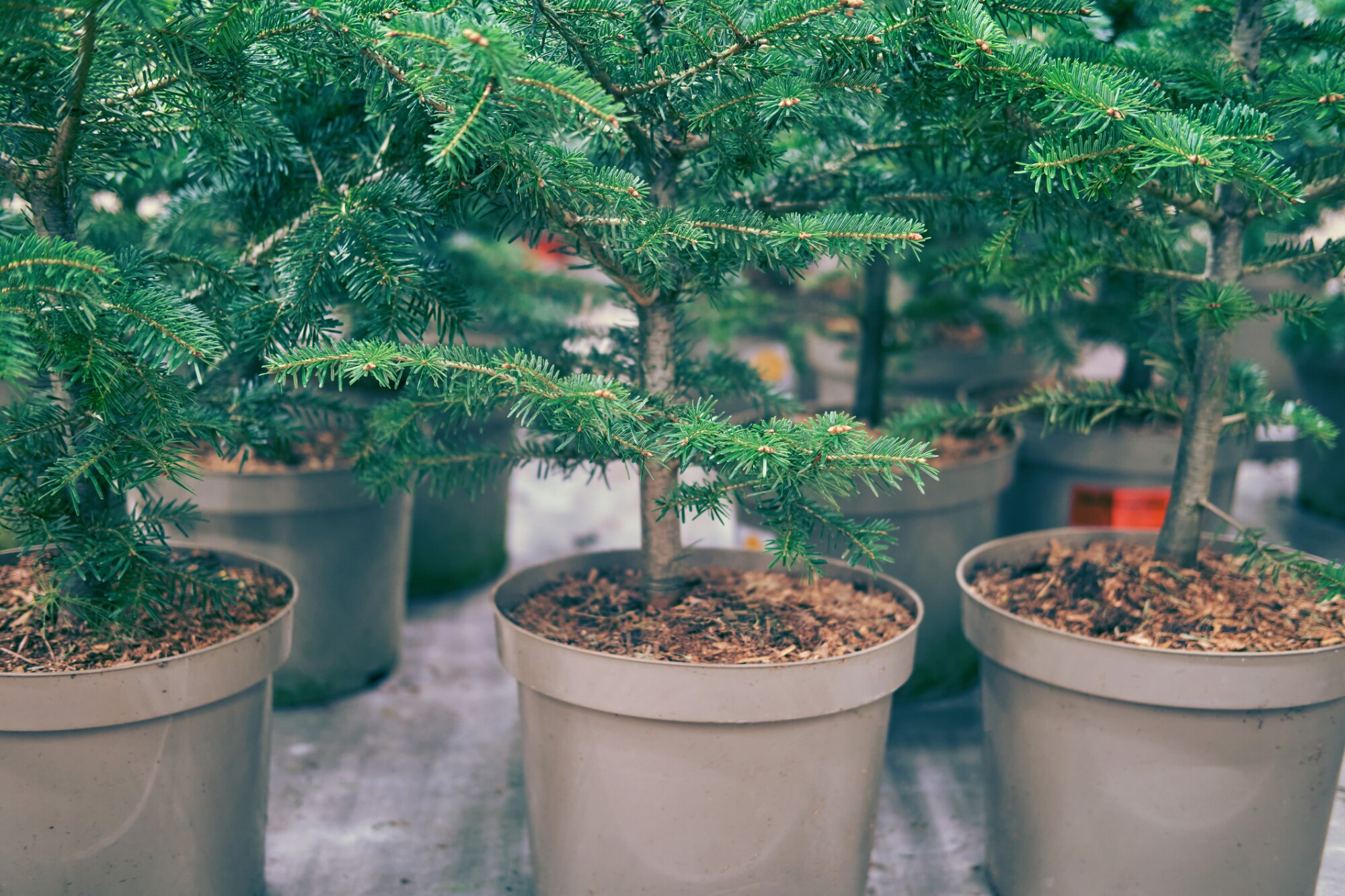

A living tree can make a fun centerpiece for your holiday celebrations! Choose from lots of different needle-bearing live trees from your local nursery. Each year, you can decorate indoors, then replant outdoors.


From tropical climes to your Northeast table setting, the poinsettia is a great indoor house plant. Its leaves, called bracts, look like flower petals. And its those vibrant leaves that attract pollinators in its natural environment. Once potted up in festive foil and in your home for the holidays, here are some tips to keep it looking great all season.


Broadleaf evergreen shrubs — like roses, lavender and thyme — need protection from cold temperatures, snow and wind. Learn how to create a barrier from winter weather, using natural materials like hay and wood chips along with stakes, wire and burlap.


Dahlia blooms grow well in Vermont's climate, but they are too delicate to overwinter in the ground. Now is the time to dig them up and get them cozy for a long winter's nap so you can plant them again for more blooms next spring.


The tiger moth caterpillar, with its black- and rust-colored bands, has long been thought to be a predictor of upcoming winter weather. More likely, the coloring on these caterpillars shows what the previous months' weather and conditions were like.


The warmer temperatures that lingered into early fall means you still have time to get digging in the soil before it freezes. Use this opportunity to plant flowering bulbs soon for a big reward next spring!
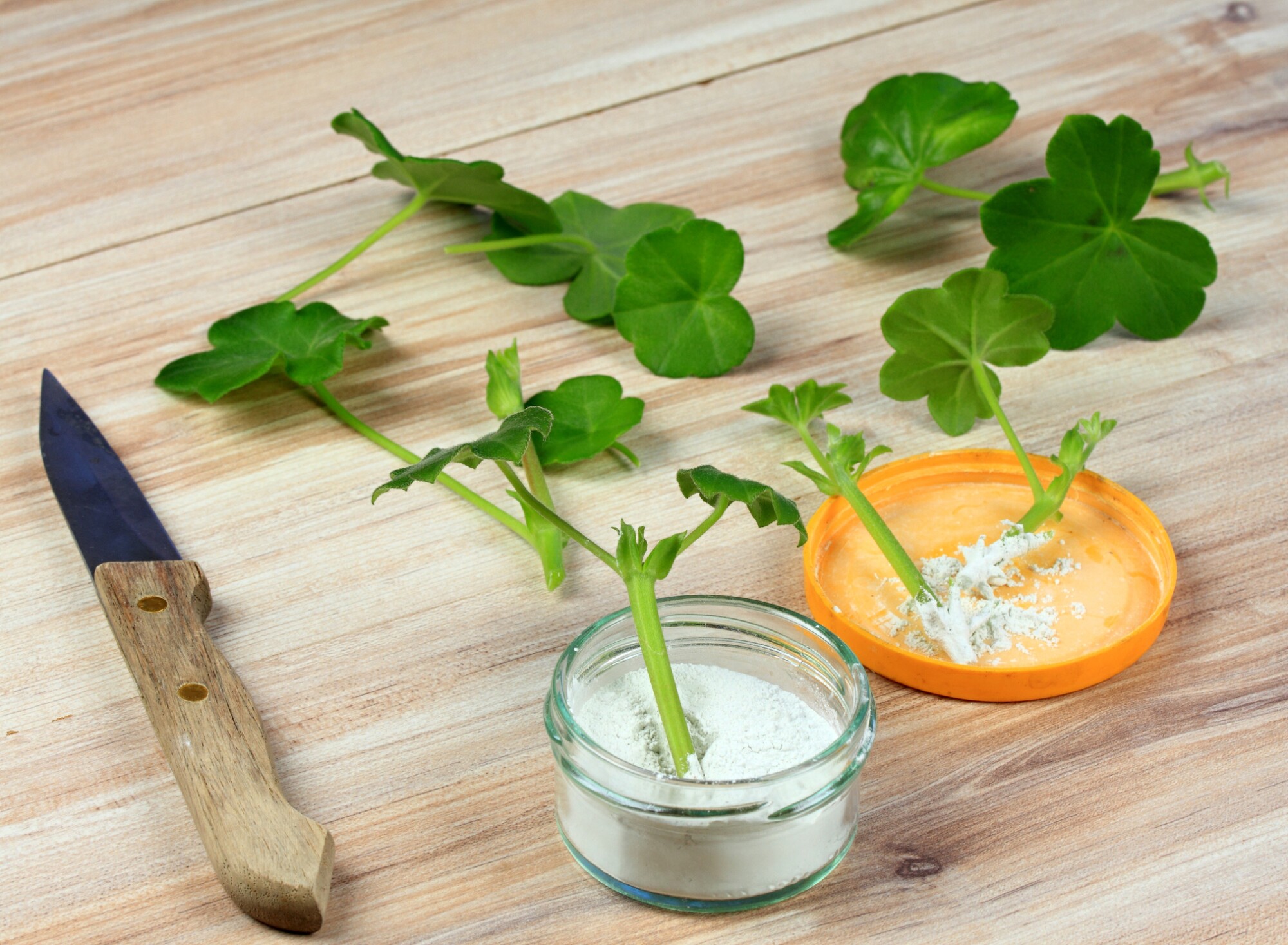

Got begonias, fuschia and geraniums still growing in containers on your back porch? Now is the time to bring these tender annuals indoors to overwinter.
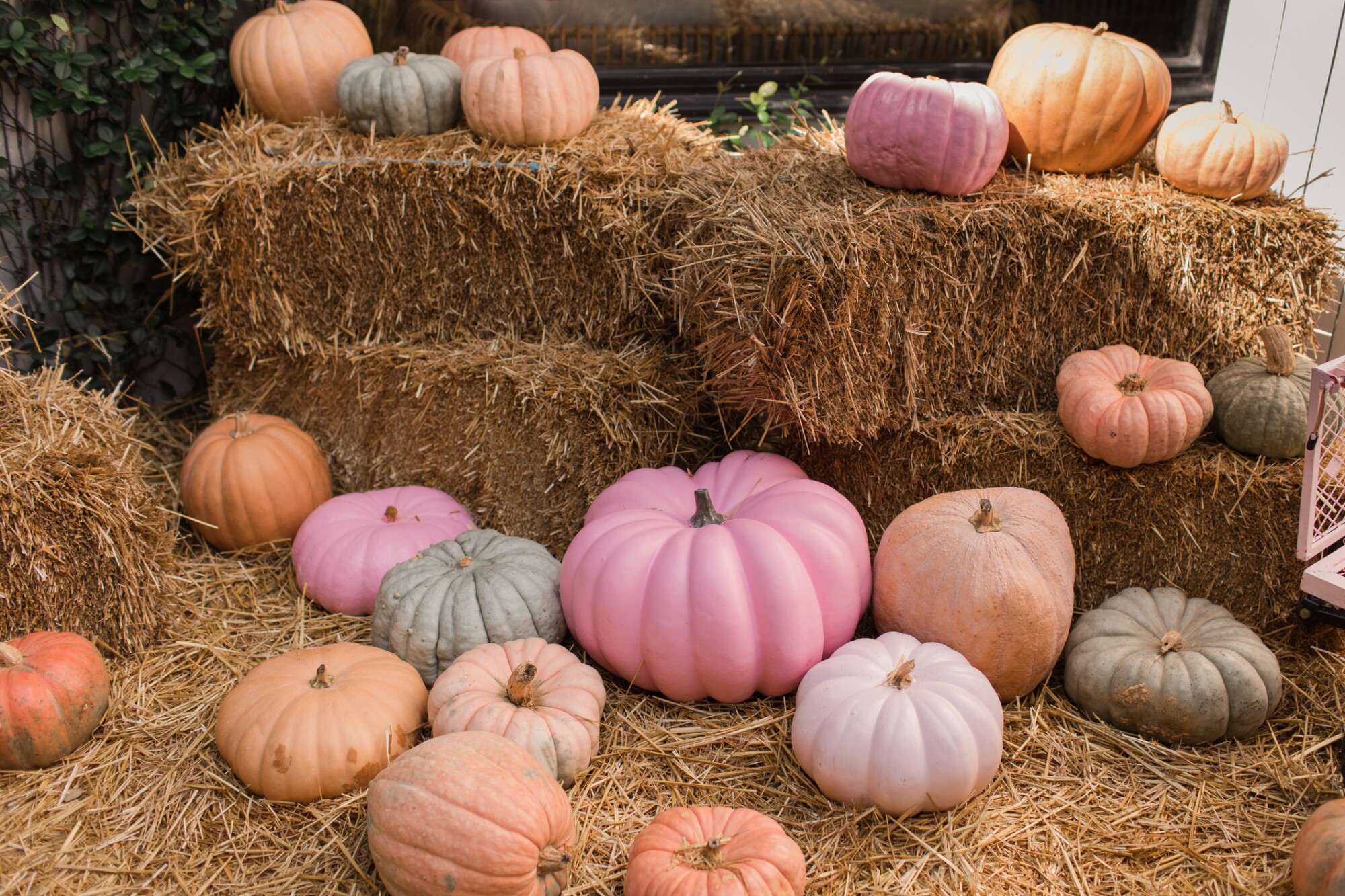

Color outside of the lines when it comes to fall decorations this season. Instead of just traditional orange pumpkins and yellow hardy mums, get inspired by some of the pastel-colored blue and pink pumpkins, winter squash and gourds then pair them up with bright mums and fall greenery.


Planting some low-growing grasses can add movement and color to your yard and garden. These plants can also be planted in places where you might have traditionally chosen to lay down a layer of mulch.
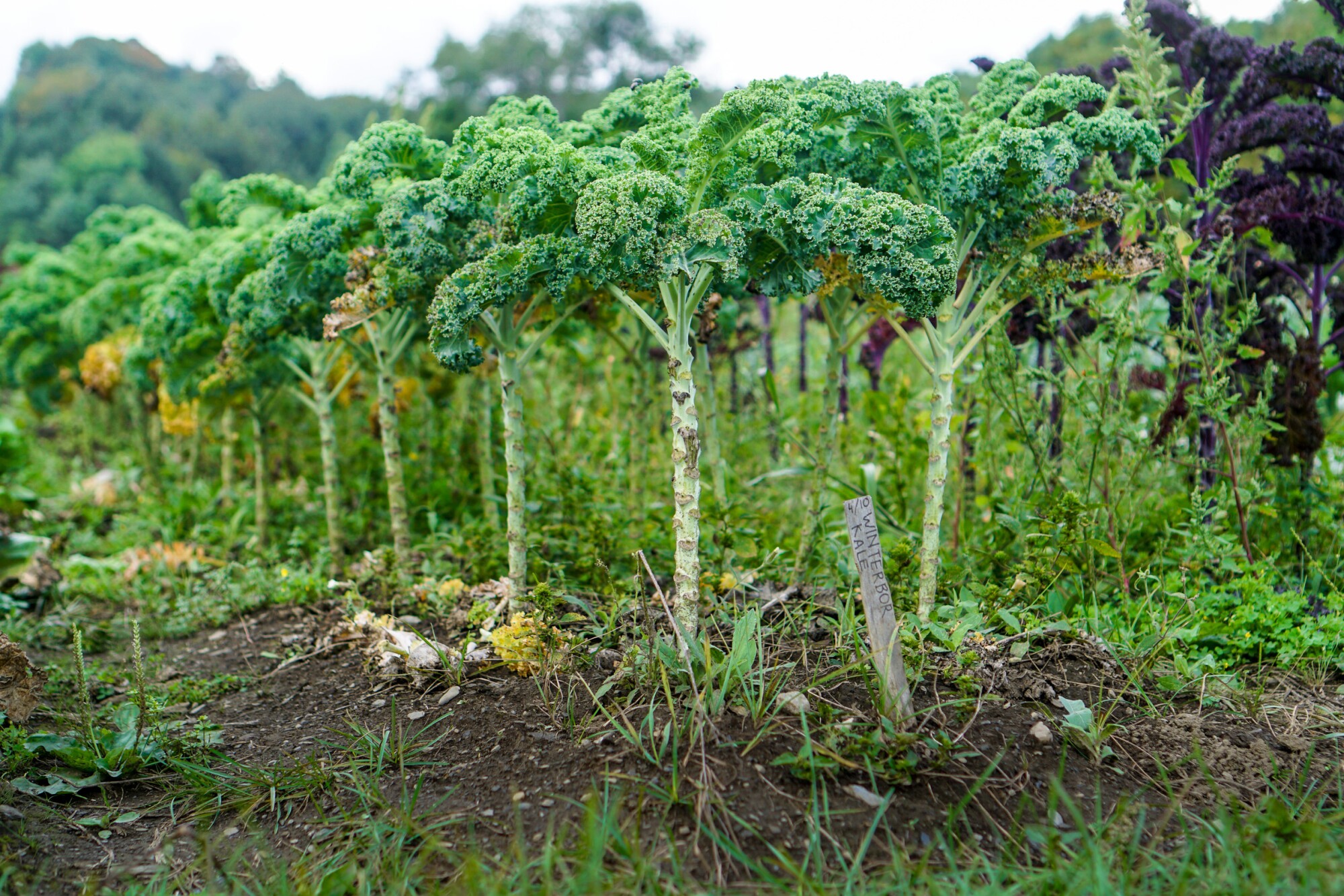

Certain vegetable plants, if left to bolt or go to seed, will self-sow and grow again next spring. You won't have to buy new seed and replant, which saves money. Plus, by letting the plants self-sow and regrow naturally, you're spending less time guessing when to plant.


This flower's name contains a clue to what kind of growing conditions it likes: hydrangeas love water! And this summer's wetter weather really made these bushes blossom and bloom. Right now, blue, pink and white hydrangeas are really thriving. Enjoy them while they are still in bloom, then learn how to preserve those petals to use in decorations this fall and winter.
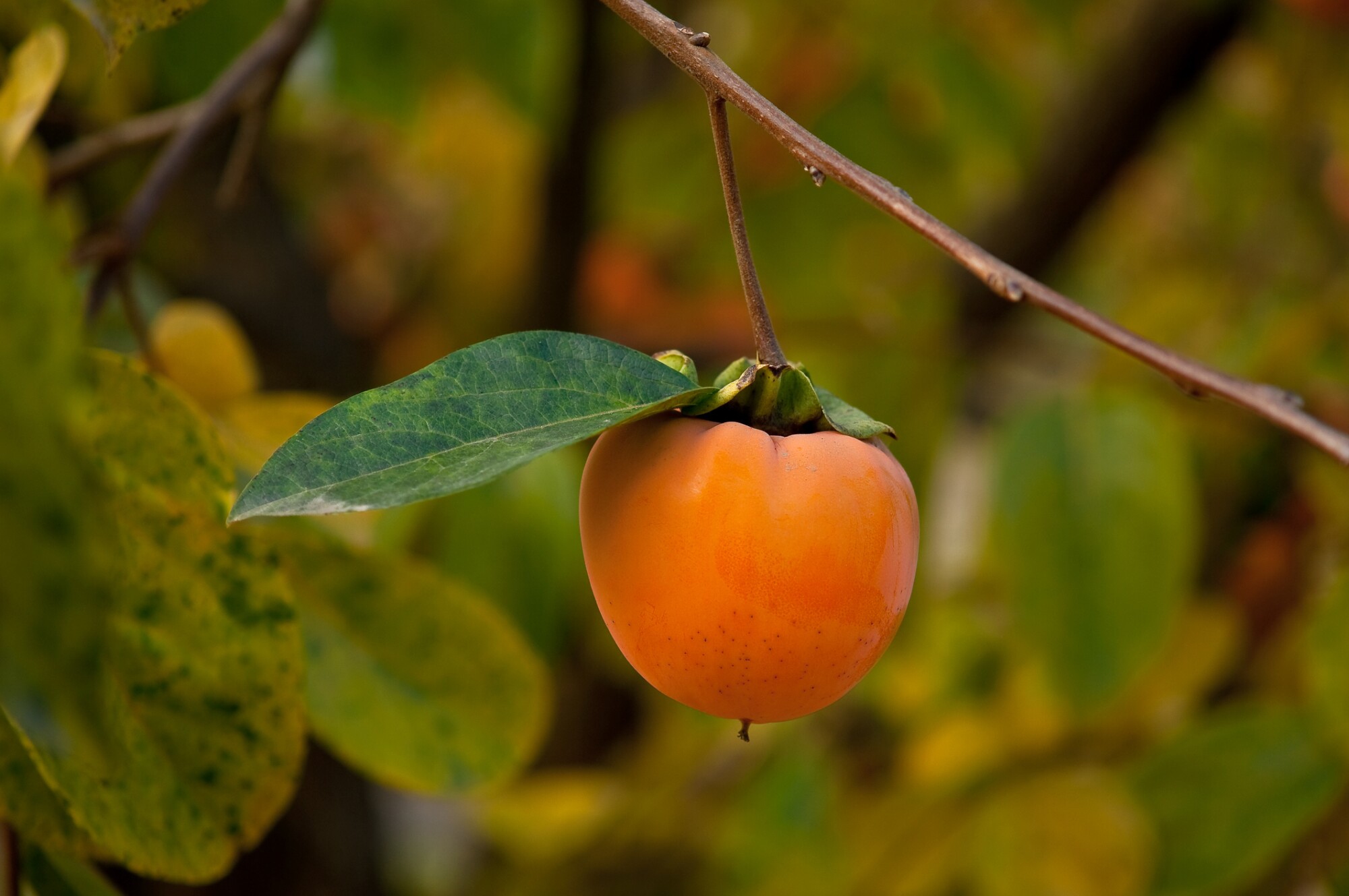

Tropical fruits like persimmon and paw paw (a fruit in the cherimoya family) did well in Vermont this year and here's why: because they bloomed later in spring, the late frost didn't affect them. They also did well despite heavy rains this summer.


Tropical fruits like persimmon and paw paw (a fruit in the cherimoya family) did well in Vermont this year and here's why: because they bloomed later in spring, the late frost didn't affect them. They also did well despite heavy rains this summer.


The fruits from certain berry bushes pack a bigger nutrient punch for migrating and over-wintering birds.